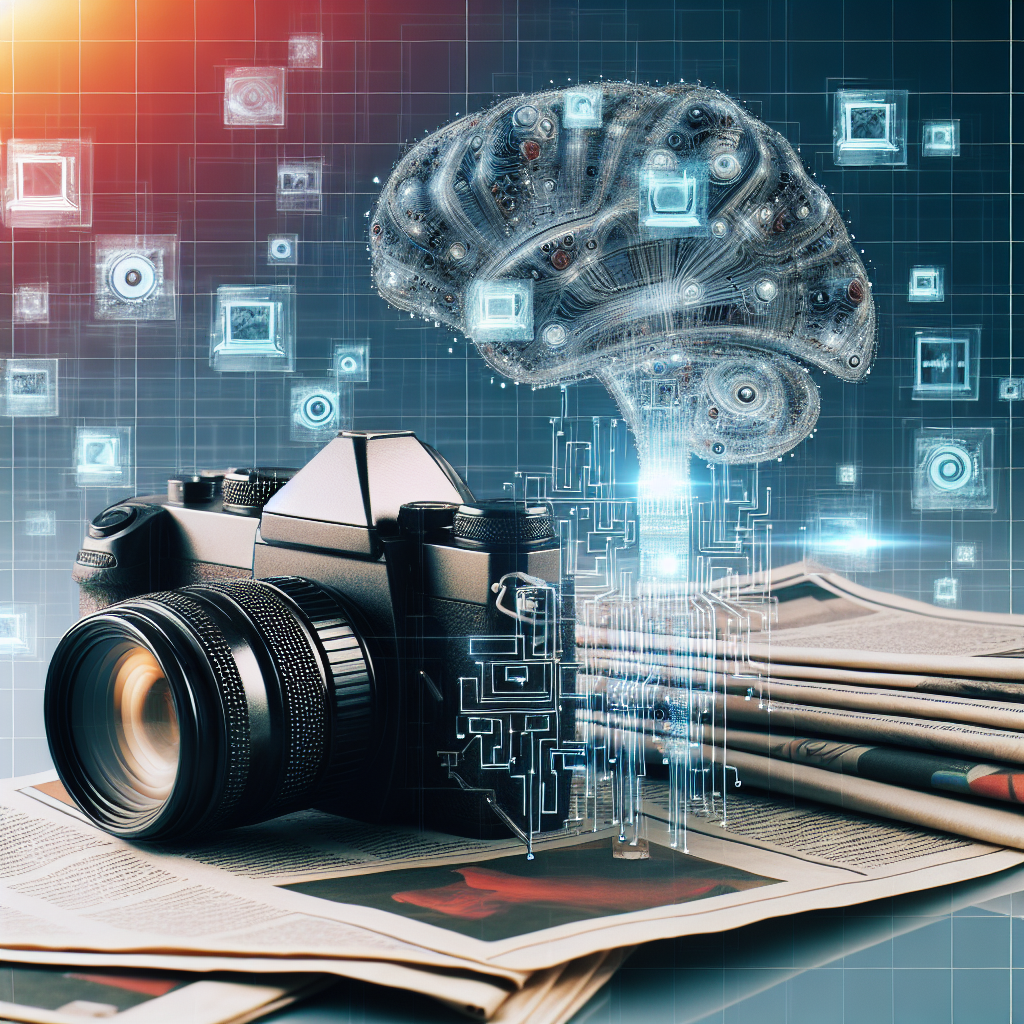The Use of AI in Photojournalism
In recent years, artificial intelligence (AI) has made significant advancements in various industries, including photojournalism. AI technology has revolutionized the way photographers capture and process images, allowing them to enhance their work in ways that were once unimaginable. From automated image editing to facial recognition, AI has become an invaluable tool for photojournalists looking to tell powerful stories through their images. In this article, we will explore the various ways in which AI is being used in photojournalism and how it is shaping the future of the industry.
Automated Image Editing
One of the most common uses of AI in photojournalism is automated image editing. AI-powered software can analyze and enhance images in real-time, allowing photographers to make quick adjustments to their photos without the need for manual editing. This technology can correct exposure, color balance, and composition, resulting in more visually appealing images that are ready for publication in a fraction of the time it would take to edit them manually.
Facial Recognition
Facial recognition technology is another area where AI is making a significant impact on photojournalism. This technology allows photographers to quickly identify and tag individuals in their photos, making it easier to organize and search through large volumes of images. Facial recognition can also be used to track the movements of individuals over time, providing valuable insights into their behavior and interactions with others.
Image Analysis
AI-powered image analysis tools are also being used in photojournalism to extract valuable information from images. These tools can analyze the content of images, identify objects and landmarks, and even detect emotions on people’s faces. This information can be used to add context to a story, identify trends, and provide deeper insights into the events captured in the images.
Real-Time Captioning
AI technology is also being used to provide real-time captioning for images, allowing photojournalists to quickly add relevant information to their photos as they are being taken. This can be especially useful in fast-paced environments where capturing accurate and timely information is crucial. Real-time captioning can help ensure that the context of the image is clear and that viewers have the necessary information to understand the story being told.
FAQs
Q: How is AI changing the way photojournalists work?
A: AI technology is enabling photojournalists to capture and process images more efficiently and effectively. Automated image editing, facial recognition, image analysis, and real-time captioning are just a few of the ways in which AI is transforming the industry.
Q: Are photojournalists worried about AI replacing their jobs?
A: While AI technology is certainly changing the way photojournalists work, many believe that it will not replace the need for human creativity and storytelling. AI can assist in the editing and processing of images, but it cannot replace the unique perspective and insights that a human photographer brings to their work.
Q: How can photojournalists learn to use AI in their work?
A: Many software companies offer AI-powered tools specifically designed for photojournalists. These tools are often user-friendly and come with tutorials and training materials to help photographers learn how to incorporate AI into their workflow. Additionally, workshops and courses on AI in photojournalism are becoming more widely available.
Q: What are the ethical considerations surrounding the use of AI in photojournalism?
A: As with any technology, there are ethical considerations that must be taken into account when using AI in photojournalism. Issues such as privacy, bias, and manipulation of images are of particular concern. Photojournalists must be mindful of these considerations and strive to use AI technology in a responsible and ethical manner.
In conclusion, AI technology is revolutionizing the field of photojournalism in exciting and innovative ways. From automated image editing to real-time captioning, AI is empowering photographers to tell more compelling stories through their images. While there are ethical considerations to be mindful of, the potential for AI to enhance the art and practice of photojournalism is undeniable. As the technology continues to evolve, it will be fascinating to see how photographers embrace AI and use it to push the boundaries of their craft.

